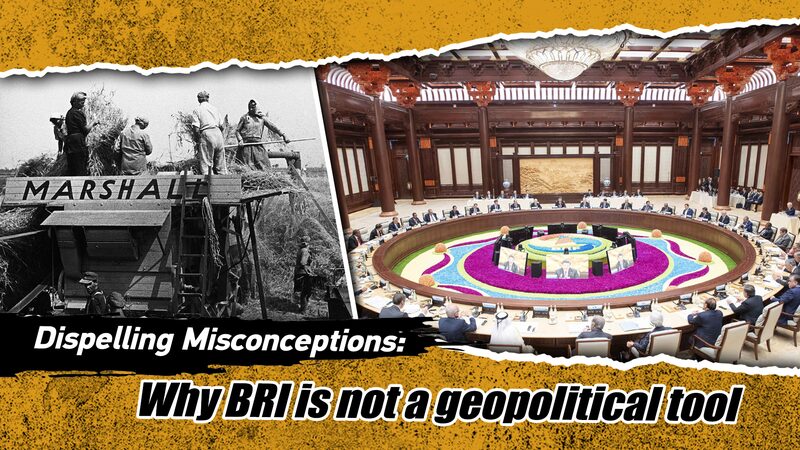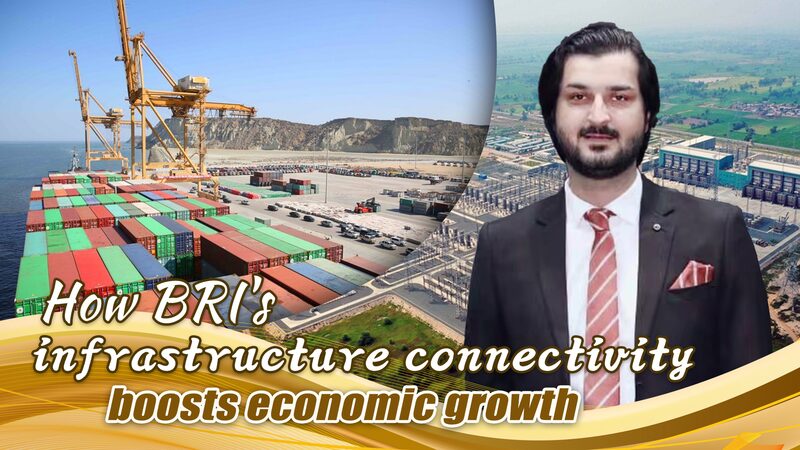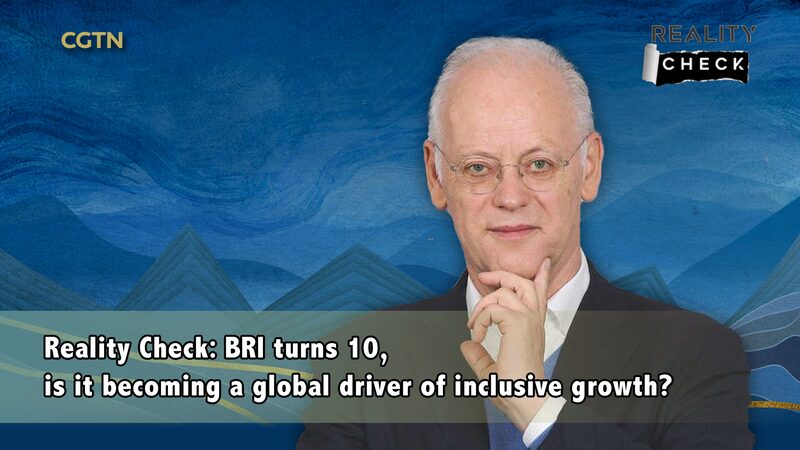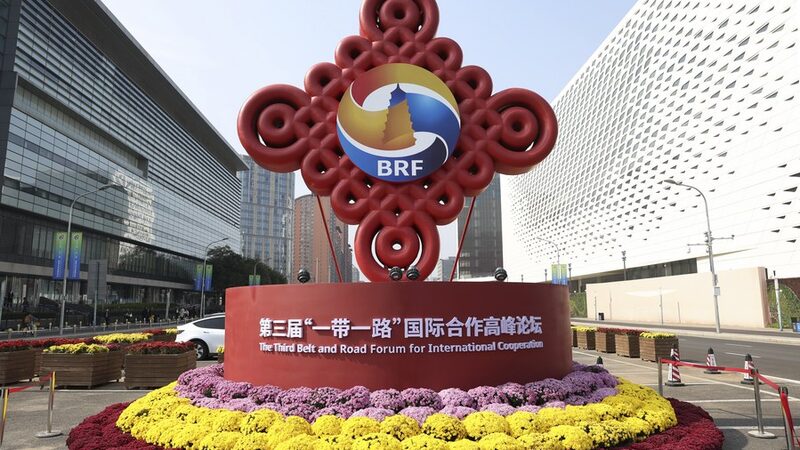Is China's Belt and Road Initiative (BRI) a geopolitical chess move? 🤔 Spoiler: It’s not what you think. Let’s unpack the truth behind one of the world’s most ambitious infrastructure projects as it celebrates its 10th anniversary.
From Vision to Global Game-Changer
Launched in 2013, the BRI has evolved from blueprint to action, forging partnerships across 150+ countries and 30 international organizations. Think highways in Kazakhstan, ports in Greece, and digital networks in Africa – all under a banner of inclusive growth. No membership fees, no political litmus tests. 🌟
West vs. Win-Win?
While Western alternatives like the G7's Build Back Better World and the India-Middle East-Europe corridor emerge, critics keep framing the BRI through a Cold War lens. But here's the tea: Unlike the 1947 Marshall Plan that came with strings attached, the BRI operates as an open-source project. Countries from Australia to Zambia align it with their own development goals – no forced ideologies, just shared spreadsheets.
By the Numbers 📊
Over 200 cooperation agreements signed. 20+ multilateral platforms created. From Russia's Eurasia Economic Union to the EU's investment plans, nations are plugging into this network like it's a global charging station. As Tuesday’s white paper confirmed: This isn’t an 'exclusive club' – it’s a co-working space for sustainable progress.
Why It Matters
Next time you hear 'debt trap' narratives, remember: The BRI’s playbook prioritizes multi-win cooperation over zero-sum games. In a world obsessed with TikTok trends, maybe we could use more trends like cross-continental railways and green energy grids. 🚄⚡
Reference(s):
Dispelling Misconceptions: Why BRI is not a geopolitical tool
cgtn.com






